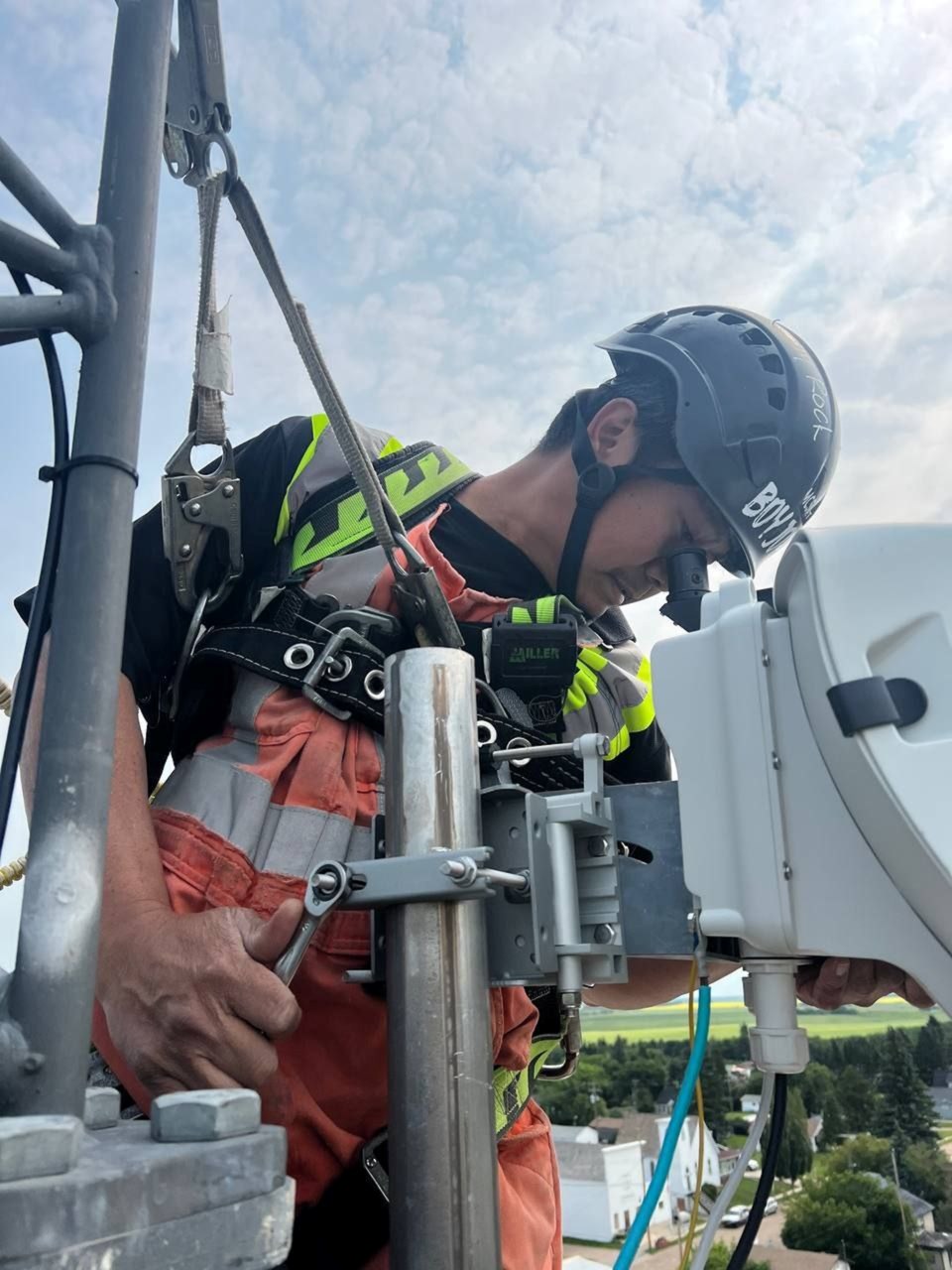ATHABASCA – Communities across northeastern Alberta will soon have access to high-speed internet thanks to the newest expansion of the province’s broadband strategy.
Six counties — Athabasca, Westlock, Lac La Biche, Two Hills, St. Paul and Lamont — will receive over $16.2 million in investment from MCSNet thanks to the matching grant program from the provincial and federal governments.
“High-speed internet is no longer a luxury, it’s a necessity,” said Rhonda Lafrance, MCSNet’s chief marketing officer. “We saw that during the pandemic. Everyone had to move home for school or work.
“We need it for our everyday lives; if we want to maintain our rural homes and communities and compete with people in cities, we need to develop those same types of technologies in rural areas.”
MCSNet, a family-run internet service provider (ISP) from St. Paul, is already the primary service provider for rural communities in this region, but the money will help them expand their fibre lines further.
Athabasca County will receive just under 93 kilometres of fibre spread between Perryvale and Colinton, Bondiss and Caslan, through Athabasca to Whispering Hills, and between Island Lake and Island Lake South. In Westlock County, 14 kilometres of fibre will be run through Jarvie.
“Whether you’re building infrastructure for the summer villages or Athabasca County, everybody wins,” said Athabasca County councillor Rob Minns, who lives in the northwest section of the county. “It’s a great way of proceeding forwards and hopefully more of it continues to come.”
Regional hubs
The overall goal of the new fibre lines is to connect MCSNet’s fixed wireless towers to enable a technology the company calls GigAir. Using 60 gigahertz radios and millimeter waves, MCSNet can chain together houses in higher density regions, like summer villages or hamlets, to make a “mesh net” of internet coverage.
“The connection goes from the tower to the first home, and it runs from one house to the next,” said Lafrance. “It has a short range, only about 200 metres, so it can go from one home to another.”
The technology has been showcased to full effect in Barrhead County, where a 2022 partnership between the municipality and MCSNet saw the fibre lines extended into Minola and Neerlandia. In total, the ISP extended 58 kilometres of broadband fibre in the area.
“The county contributed 50 per cent of that funding for those extra stretches of fibre, which is phenomenal,” said Lafrance. “They know they’re investing in something that helps their ratepayers.”
Rural residents also benefit from technology like GigAir, even if they can’t access the service themselves. When denser areas move off a fibre line, it means less data is being pulled from the line, meaning acreages and farmhouses see higher upload and download speeds on their internet.
In 2022, Rural Municipalities of Alberta conducted public-led internet speed tests throughout rural Alberta. When the studies closed in October of that year, it concluded that rural Albertans experience much lower internet speeds than the 50/10 Mbps goal of the federal government. According to Lafrance, the average speed across MCSNet’s network, which spans from Provost to Wandering River, and goes as far east as Goodsoil in Saskatchewan, is 60/15 Mbps.
Nate Glubish, Alberta’s minister of technology and innovation, said high-speed internet levels the playing field for rural Albertans.
“I’m confident that we are on track to achieving our goal of connecting every single Alberta household to high-speed internet by 2027,” said Glubish.
In the March 5 announcement the province said it expects that within three years of completing universal coverage, up to $1.7 billion in annual GDP growth would occur, and 2,000 long-term service-industry jobs could be created in rural communities.



